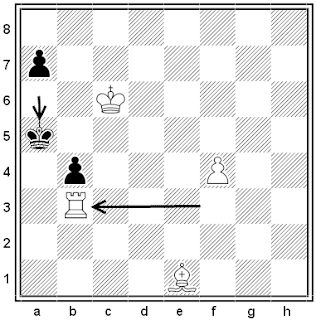The Number Game!
Let’s play a game. You name an integer from 1 to 10.
Then we’ll take turns adding an integer from 1 to 10 to the number our
opponent has just named, giving the resulting sum as our answer. Whoever
reaches 100 first is the winner.
You go first. What number should you choose?
This is how you can be winner!
You go first. What number should you choose?
This is how you can be winner!

































